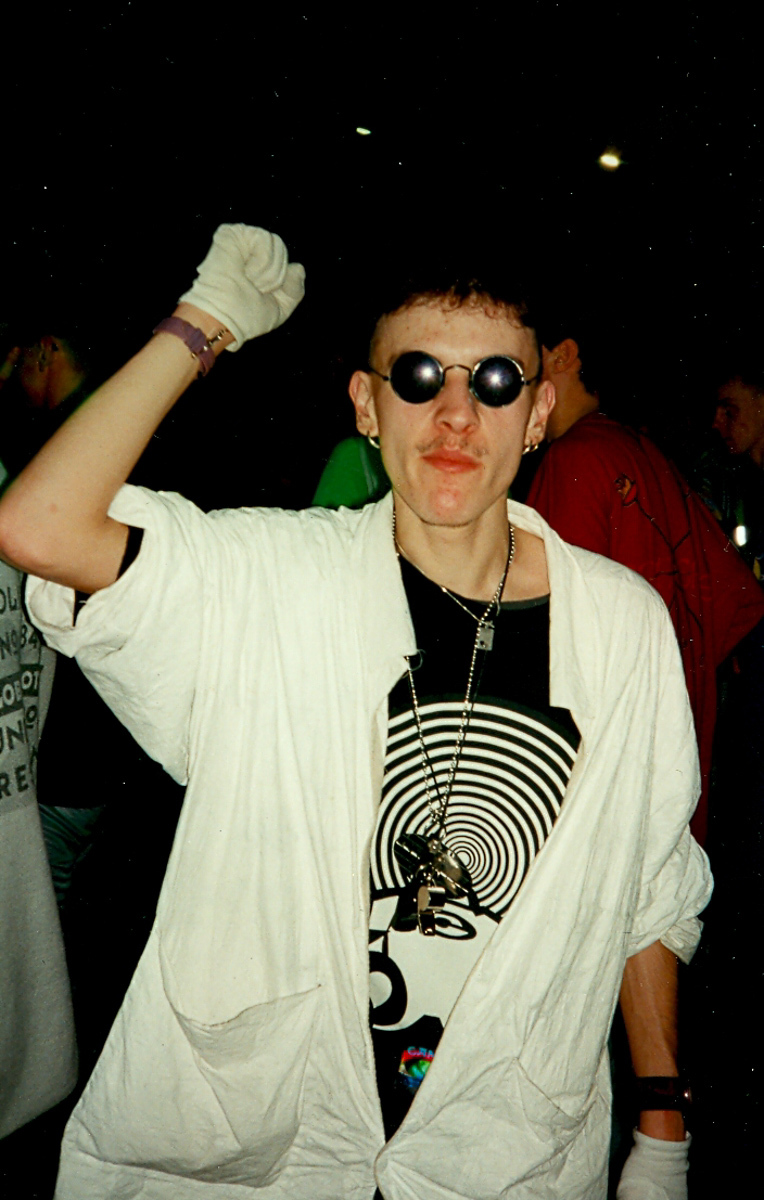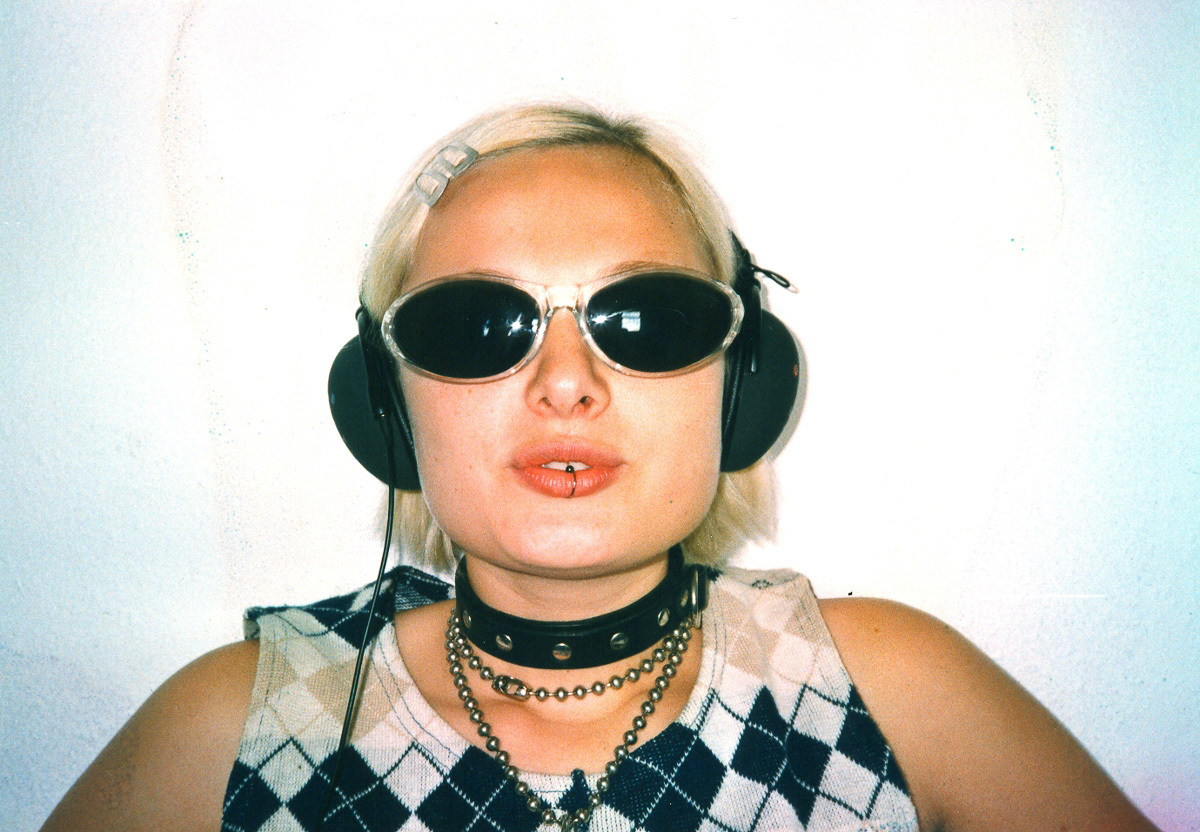Music inspires fashion. It creates subcultures, which often attract the fashion industry as lucrative target groups. This exchange doesn’t only occur in fashion metropolises like New York or London — cities with long histories of mingling street, sound and style. It also went down in a special (but far less documented) way in 90s Berlin.
In 1994, two and a half million young people were dancing in German raves. This group had the buying power of about five billion Deutschmarks between them, and out of their energy, a new homegrown style was born: clubwear. Fashion for going out in, fashion to rave in, fashion to make you stand out among the raving masses.

“The fashion came from dancing,” recalls Frank Schütte, one of the most well-known figures in nightlife and fashion in Berlin’s 90s techno scene. These days, Schütte goes by the name Frank Ford, but back then he dressed the raving masses with his label, 3000. Frank created clothing that he described as “techno couture.” With designer Stefan Loy at his side, he created miniskirts out of plastic bags, polyester evening gowns and printed provocative slogans like “Rich Bitch,” “Spritzen” and “Porn Star” onto shirts (at the time, these were still pretty shocking). Schütte — who used to wear everything from fishnets to Gaultier — finished the early collections in small runs at home, and according to him, often on acid.
Ravers became the fashion reincarnation of the flower children from the late 60s, who were open to experimentation, and as into dressing up as they were to being naked. The 90s raver uniform was often an exercise in how-to-be-as-naked-as-possible-and-still-be-dressed. What you did wear came in screeching neon colors, plush, dizzying platform heights, and synthetic fabrics.
Raver kids with money spent it at boutiques like Berlin’s Groopies or Wicked Garden, which stocked American brands like Patricia Field, patent leather boots and fur bags from Paris, Tokyo and London; and boasted regular customers including TV personalities from MTV. Fashion from London was sold next to German rave labels like 3000 and Sabotage. The latter wove ceramic fibers into wool shirts to protect their ever-dancing customers from overheating.
Other labels responsible for the dressing the colorful partying raver masses of the early-90s were Panis & Hams, Asprial and Jörg Pfefferkorn. By the mid-90s, these brands’ greasy, gleaming polyamide urban spacewear landed on international runways, elevating DIY techno couture to haute couture in Paris. On dance floors, slacker, looser, and more understated styles emerged as an answer to the loud clubwear. Functional, cheap and durable began to be favored over shrill, colorful and expensive. Eventually, German ravers started wearing hoodies (with a logo at most), track pants with three colorful stripes and jeans set high on their hips.
Credits
Text Lisa Riehl
Photography Tilman Brembs / Zeitmaschine.org
In Kooperation mit Converse.
